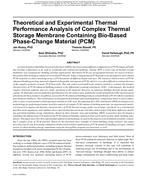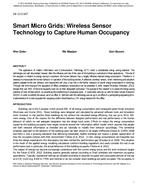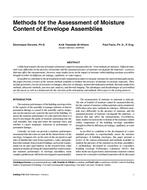Variation of the refrigeration circuit and evaporator coil arrangement from conventional unitary air-conditioning equipment has been demonstratedto improve energy efficiency and dehumidification performance in lab and field tests. This paper will present the field test methodology and results.The ensuing cycle modifications allowed further optimization of tube circuiting, face area, and fin density of the evaporator coil in combination witha controllable return air bypass to achieve a 15% to 25% improvement in field-estimated IEER (Integrated Energy Efficiency Ratio, weightedBtuh per Watt according to ANSI/AHRI Standard 340/360-2007). Analysis using the DOE/ORNL Heat Pump Design Model and othersoftware identified that refrigerant condition through the evaporator coil can be controlled to increase phase change heat transfer by maximizingliquid refrigerant fraction.
In two rigorously instrumented seasonal field tests of dual-compressor package units, the resultant component and control modifications reducedenergy consumption by at least 15% relative to identical unmodified equipment. The modifications also enhanced the capability of the equipmentto meet latent loads, independent of sensible load. In hot & humid climate tests, control of the modified units was optimized to meet latent coolingload without reheat while reducing seasonal electric energy consumption. The paper will also present modification requirements, which indicate aminimal increase in first cost would provide worthwhile energy savings along with enhanced dehumidification.
Product Details
- Published:
- 2013
- Number of Pages:
- 9
- File Size:
- 1 file , 860 KB
- Product Code(s):
- D-DE-13-C036
- Note:
- This product is unavailable in Russia, Belarus


